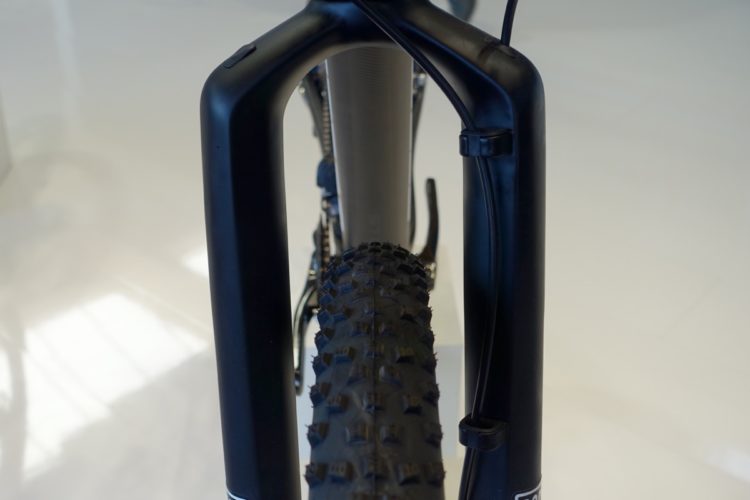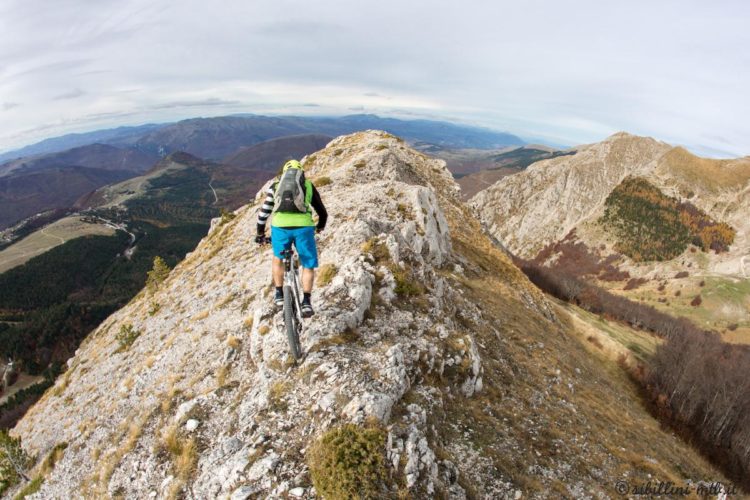
Editor’s Note: “Over a Beer” is a regular column written by Greg Heil. While Greg is the Editor in Chief for Singletracks.com, any opinions expressed in this column are his alone and do not necessarily represent the opinions of Singletracks.com.
I love the dawning of a new year. The passing of the old and the genesis of the new always brings with it inspiration and motivation for change and improvement in my own life. I reflect on the year that’s just concluded—the goals I met, the ones I didn’t—and work on honing my priorities for the coming year.
The problem is that January 1, at least in the Northern Hemisphere, is one of the worst times of the year to set a year-long mountain biking goal.
As every mountain biker knows, carrying momentum is the number one key to being a faster, more effective mountain biker. This applies to physically riding singletrack, navigating steep climbs and descents, technical obstacles, and more, but it also applies to the practice of the sport at large. My wife often says that one major reason she doesn’t mountain bike more is because it seems like to be a good mountain biker you have to ride at least twice a week—minimum–just to stay in shape and keep your skills fresh.
She’s not wrong.

It’s tough to go for a mountain bike ride when you haven’t been on the bike in a month. It hurts like Hades, which is why I choose to simply never stop riding (surgery excepted). If you ride 3-5 (or more) days a week, summoning the motivation to kit up and hop in the saddle is easy. It’s a habit, a ritual that you adhere to week in and week out.
The same rule of momentum applies to long-term mountain biking goals. Starting a year-long mountain biking goal in the middle of winter, when just getting out on the bike requires drawing on deep reserves of determination, only amplifies the difficulty of the goal and makes it more likely that you’re going to fail. The data supports this: only 9% of people report being successful in achieving their New Year’s resolutions, with 42% failing before the end of January. Keep in mind that these statistics refer to all New Years resolutions, including ones that don’t involve getting outside and pedaling a bicycle in arctic temperatures or drizzling rain.

What if instead of making your mountain bike goal a New Year’s resolution, you started a year-long goal at the beginning of July? That way, you’d be able to carry momentum into your goal. You’d already be stoked on mountain biking, would probably be enjoying the beautiful summer weather (unless you live somewhere like Florida), and (hopefully) would already be in decent mountain biking shape.
If you started your goal with momentum in the summertime, as winter approached you’d be able to more easily maintain your momentum, riding the wave of a successful summer through the hard times that accompany the cold, snow, and darkness of winter. Instead of having the most difficult portion of your year-long goal take place right after you begin your challenge in January and February, you could instead tackle the difficult hump after you’ve already built up months of successful riding.
So will I personally circumvent New Year’s resolutions in 2018 and instead opt to begin a new goal during the middle of the summer? Maybe, but probably not. The symmetry of beginning and ending a goal in rhythm with the calendar year is a tough temptation to ignore. Just to be safe, I’m going to at least try to begin now!
[see_also id=’200849′]



















